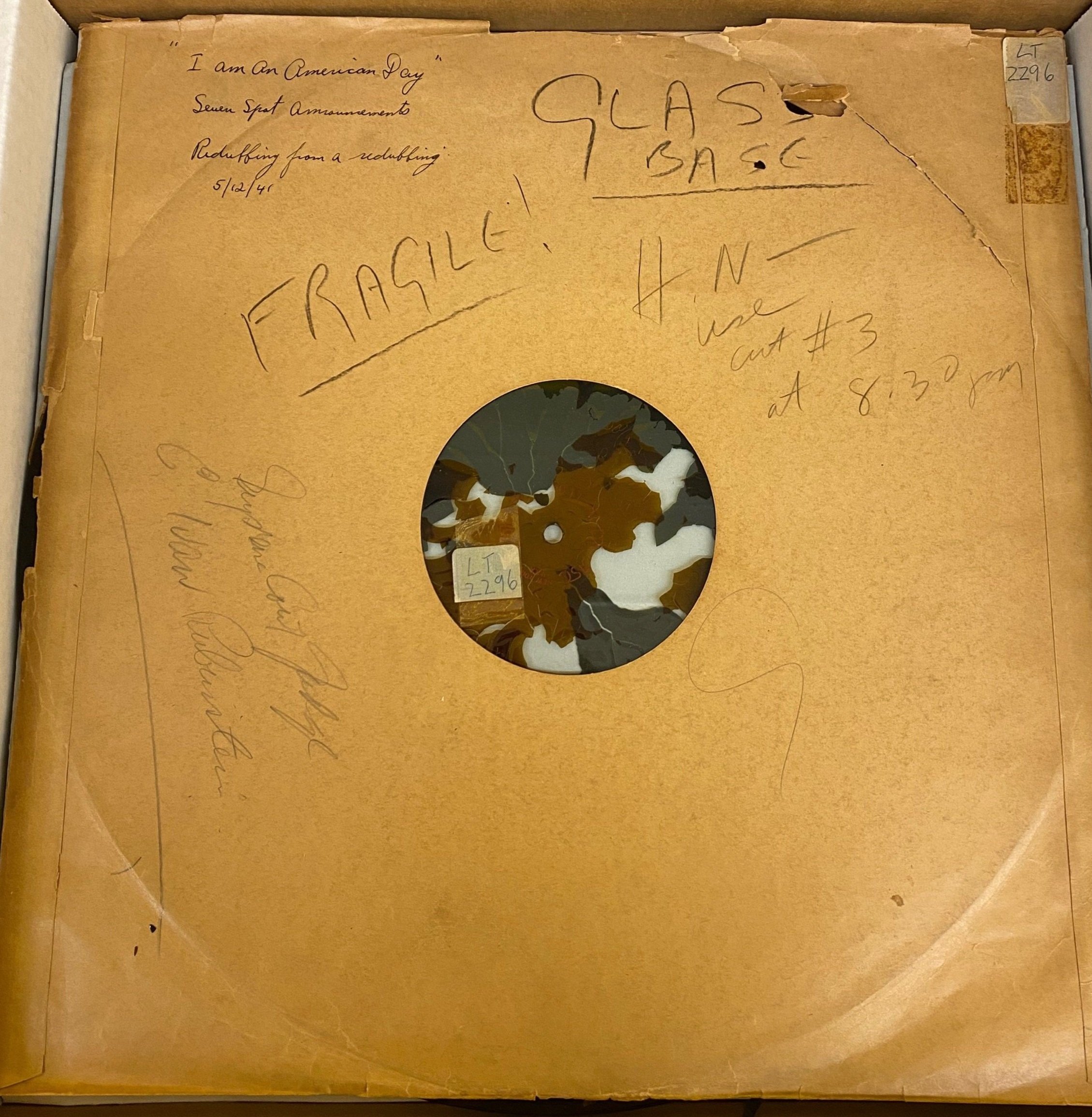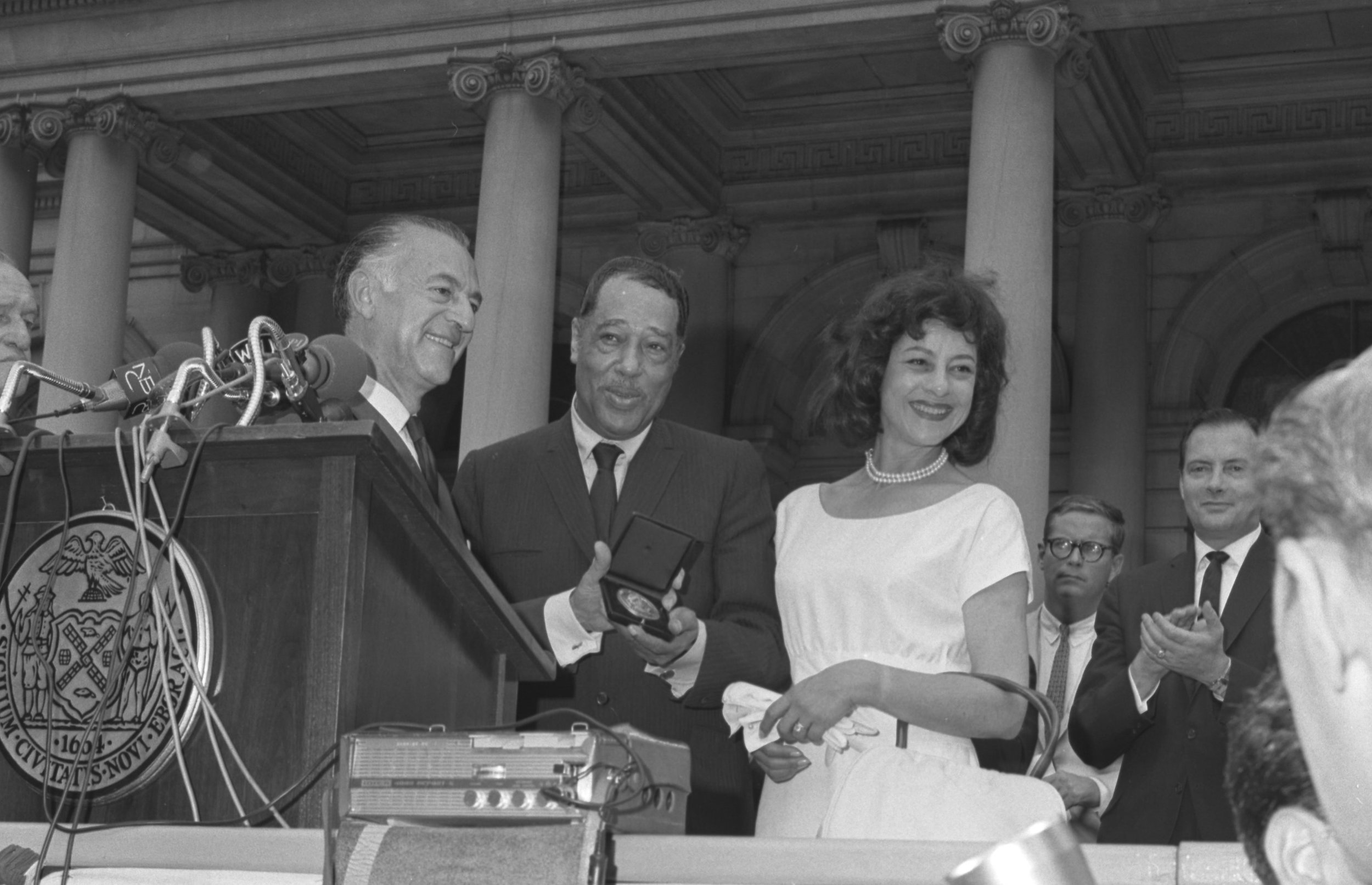In 1994, WNYC-TV aired an episode of their current events talk show New York Hotline titled “Mental Illness.” Hosted by Ti-Hua Chang, an expert panel discussed the ongoing challenges of mental health treatment, legal issues surrounding mental health policy and history of deinstitutionalization (and defunding of mental health services) in New York. Many of the issues raised nearly 30 years ago sound tragically like the conversations being held today. Why do so many with mental health problems become homeless? How does the experience of homelessness worsen mental health? How do we help those who refuse treatment ? Why are so many people with mental disorders skeptical of public mental health services?
One thing that makes discussing the topic so difficult is that our understanding of mental health has changed significantly over the course of the last century. Terms like mentally ill and mentally retarded were often used interchangeably. Homosexuality was viewed as a sickness like psychopathy or schizophrenia. Addiction was (and still is) often seen as a moral or character failure instead of a health crisis that could affect anyone.
According to the 2022 Diagnostic and Statistical Manual of Mental Disorders, 5th Edition (DSM-5), a mental disorder is “...a syndrome characterized by clinically significant disturbance in an individual's cognition, emotion regulation, or behavior that reflects a dysfunction in the psychological, biological, or development processes underlying mental functioning. Mental disorders are usually associated with significant distress or disability in social, occupational, or other important activities. An expectable or culturally approved response to a common stressor or loss, such as the death of a loved one, is not a mental disorder. Socially deviant behavior (e.g. political, religious, or sexual) and conflicts that are primarily between the individual and society are not mental disorders unless the deviance or conflict results from a dysfunction in the individual, as described above.”
D.J. Jaffe from the Alliance for the Mentally Ill, New York Hotline Episode 616: Mental illness (1994) WNYC-TV Collection
The way we treat and house those with mental disorders has changed significantly, too. Starting in the 1970s, New York State government began a long term ‘deinstitutionalization’ effort of mental health services. They sought to end large-scale institutions for people with mental disorders and transition to smaller, regional community centers that are prevalent today. One of these centers, Fountain House, was founded in the 1940s by former patients to provide a standard of care based on mutual support through social activities, temporary housing and job placement.
Fountain House Member Dorothy Purnell, New York Hotline Episode 616: Mental illness (1994) WNYC-TV Collection
The new 911 mental health response teams the administration of Bill de Blasio began in 2020 were inspired by a similar program, The White Bird Clinic. This Eugene, Oregon program began in 1969 to respond to mental health crises with health care workers instead of police, as well as more broadly serving low-income residents of the town.
Despite these efforts, many might observe that the system today is in a desperate state. Mental disorders seem more prevalent than ever and so too are issues like homelessness and substance abuse. Some. like journalist Ti-hua Chang. might ask if it's not more humane to force these people into treatment, to institutionalize them for their own wellbeing. When considering the question, Dorothy Purnell and NY Civil Liberties Union attorney Norman Siegel both struggled to agree that people who are in dire need of healthcare might sometimes, in limited instances, benefit from being institutionalized against their will. When the need seems so dire for so many for so long, why is there still such resistance to institutionalization? While the full answer is deeply complex, one word may sum it up better than any other: Willowbrook.
Mayor Beame reappoints Dr. June Jackson Christmas as Commissioner of Mental Health and Mental Retardation Services (1973) WNYC-TV Collection
Willbrook State School was a school for the “mentally retarded”, operating from 1947 to 1987 on Staten Island. Housing mostly younger children, it was built for 4,000, but reached a population of over 6,000 by the 1960s, making it the largest such facility in the world. When Robert Kennedy toured the school in 1965, he referred to it as a snake pit where children lived in conditions worse than animals in a zoo. Cruel and unethical studies wherein mentally handicapped children were purposefully exposed to hepatitis were carried out with little regard for scientific rigor or patient safety. The 1972 WABC expose, titled ‘Willowbrook: The Last Disgrace’ first broadcast disturbing images from inside the facility. The outcry over Willowbrook and similar institutions led to the passage of the 1980 ‘Civil Rights of Institutionalized Persons Act’ (CRIPA), which empowers the Attorney General to investigate state-run institutions that hold large numbers of people, like jails, nursing homes and mental health facilities.
It also led to closing these institutions and moving the residents to local settings, many of which were group homes staffed by social workers and medical personnel.
Regrettably, this deinstitutionalization movement was often paired with budget cuts for public mental health programs as government bodies across the country grappled with economic decline in the 1970s and ‘80s. While places like Willowbrook could not be allowed to continue, the increased funding that Commissioner Christmas hoped would fill the gaps of the mental health care system was not allocated under Mayor Beame or his successors.
The de Blasio Administration increased funding for mental health treatment and new outreach programs. Organizations like Fountain House have expanded significantly and continue their vital mental health work.
If you or someone you know is suffering from a mental health crisis, please don’t hesitate to contact NYC Well by phone at 1-888-NYC-WELL (1-888-692-9355), by texting “WELL” to 651-73 or visiting their website at https://nycwell.cityofnewyork.us/en/.

